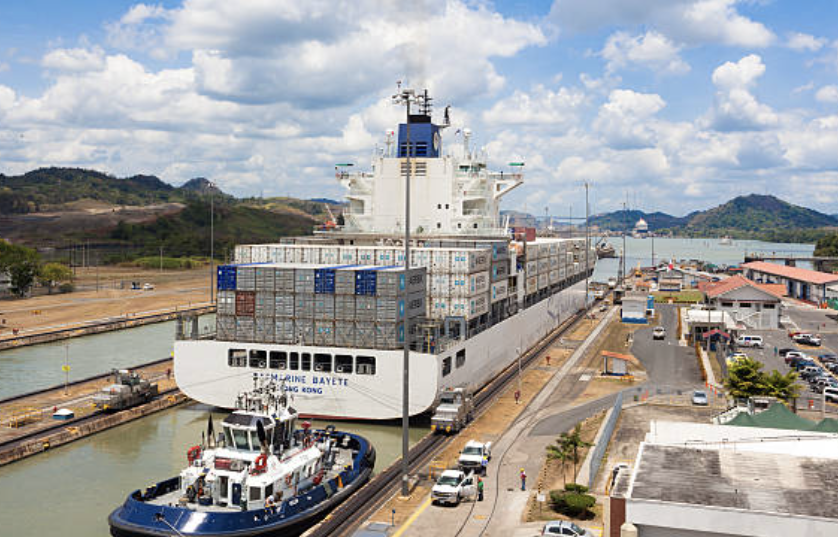
Posted on Tuesday, November 19, 2024
Here's a comprehensive guide:
1. Understand Import Regulations
2. Prepare Necessary Documentation
3. Determine Tariffs and Taxes
4. Compliance with Standards
5. Shipping and Logistics
6. Customs Clearance
7. Post-Import Procedures
By following these steps and ensuring compliance with Panama's import regulations, you can facilitate a successful importation of roll forming machines into the country.

Most Popular Roll Forming Machines in the United Kingdom
Posted on Thursday, December 11, 2025
This blog breaks down the five most in-demand roll forming machines in the UK

Can I Finance a Roll Forming Machine?
Posted on Thursday, December 11, 2025
Financing a roll forming machine is easier than most buyers think. Here’s how leases, loans, and payment plans make production affordable.

Roll Forming Machines for Sale in the UK: What Buyers Need to Know Before Purchasing
Posted on Thursday, December 11, 2025
This complete guide explains everything UK buyers must know before purchasing, including machine types, voltage requirements, CE/UKCA compliance

Roll Forming Machines for Sale in the USA: What Buyers Need to Know Before Purchasing
Posted on Wednesday, December 10, 2025
This guide explains everything U.S. buyers need to know before purchasing a roll forming machine, including machine types, pricing, voltage
Copyright 2026 © Machine Matcher.